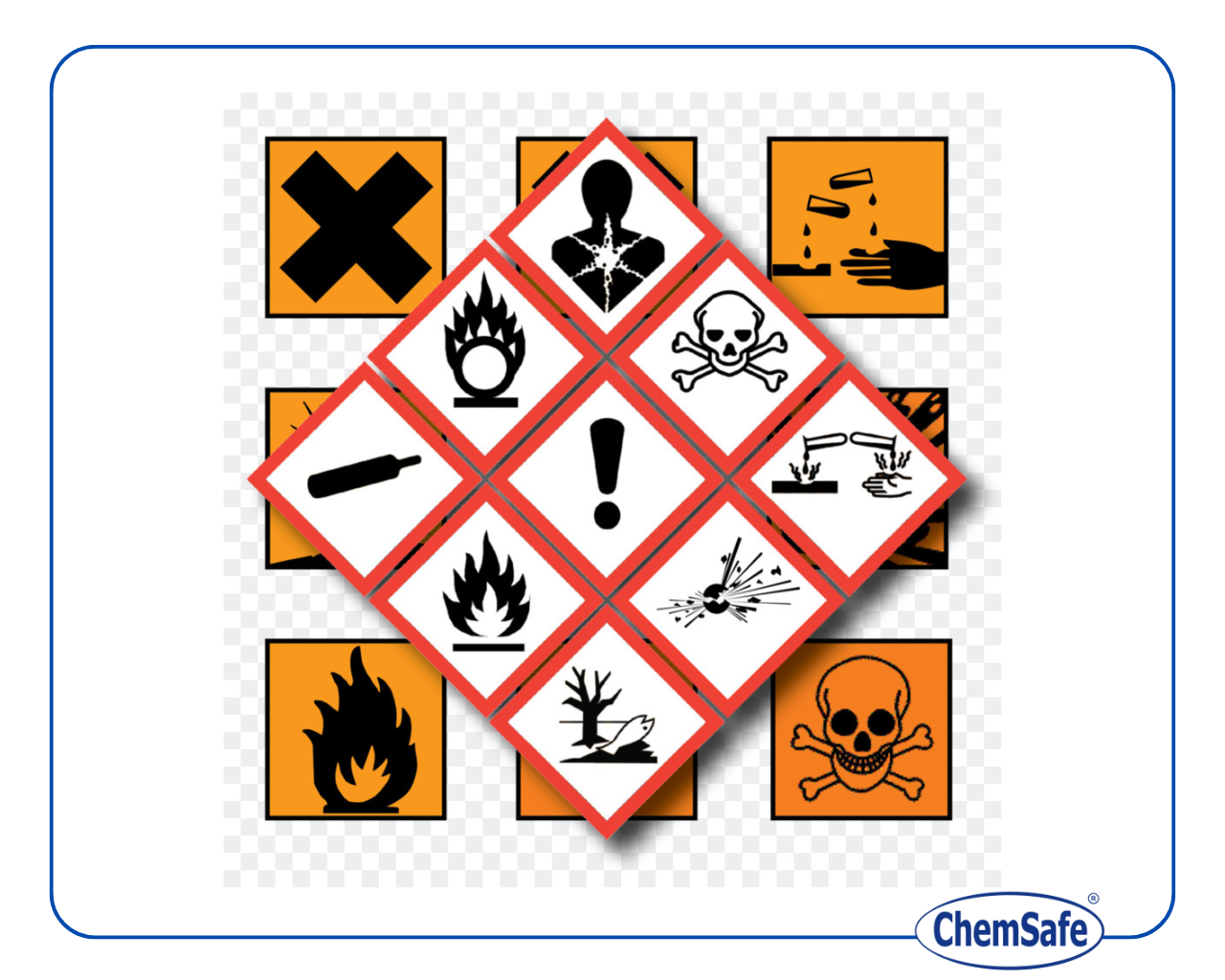Many of us frequently visit the ECHA (European Chemicals Agency) website to seek information on REACH, CLP, BPR, CAD and CMD, POP, drinking water, the waste framework directive, and the Prior Informed Consent regulation. Most of the time, we focus on the technical information we need but rarely take the time to understand how the agency itself is structured.
Let’s take a moment to explore ECHA’s mission. ECHA aims to ensure the safe use of chemicals by establishing itself as a center of knowledge for the sustainable management of chemicals. The agency has a hierarchical structure led by a Management Board, which oversees four key committees that focus on specific issues and provide support to the Commission. Additionally, there is a Forum and an Appeals Committee.
Here is a closer look at the responsibilities of the various committees:
Member State Committee (MSC)
The MSC consists of one representative from each member state. Its term lasts three years and is renewable. The primary focus of this committee is on REACH-related topics, particularly those concerning the evaluation and authorization of substances. The committee’s main role is to resolve any disagreements among member states to achieve unanimous agreement. Specifically, the MSC deals with proposals for identifying SVHC (Substances of Very High Concern), gives opinions on ECHA’s recommendations for the substances to be included in Annex XIV, and reviews CORAP for the substance evaluation process.
Committee for Risk Assessment (RAC)
The RAC provides opinions on the risks that chemical substances pose to human health and the environment. The issues it tackles are related to REACH and CLP procedures. The RAC evaluates proposals for harmonized classification, restrictions, and authorizations. Member states nominate candidates, but the ECHA Management Board is responsible for appointing the members. Like the MSC, RAC members serve a three-year renewable term.
Socio-Economic Analysis Committee (SEAC)
The SEAC prepares opinions on the socio-economic impact of regulatory measures involving chemical substances. As with the RAC, the ECHA Management Board appoints SEAC members from candidates nominated by member states. SEAC members also serve a three-year renewable term.
Biocidal Products Committee (BPC)
The BPC is responsible for preparing opinions on various processes under the Biocidal Products Regulation (BPR). In particular, it provides opinions on active substances and on applications for union authorizations and mutual recognition requests. Each member state can nominate a BPC member, and alternates may also be appointed. Like the other committees, the BPC members have a renewable three-year term. Given the broad scope of topics within the BPR, specialized working groups have been established to focus on specific biocidal topics.
The committees generally meet about four times a year. The meeting dates and agendas are available on ECHA’s website.
For September 2024, meetings are scheduled for the RAC, the Socio-Economic Analysis Committee, and the BPC. The RAC will be discussing issues such as developing opinions on exposure limits for 1,4-Dioxane and isoprene, as well as a proposal for the harmonized classification of glyphosate. The BPC will be preparing opinions for the approval of two active substances and reviewing the renewal application for propiconazole (PT8), along with several other union authorization requests.







